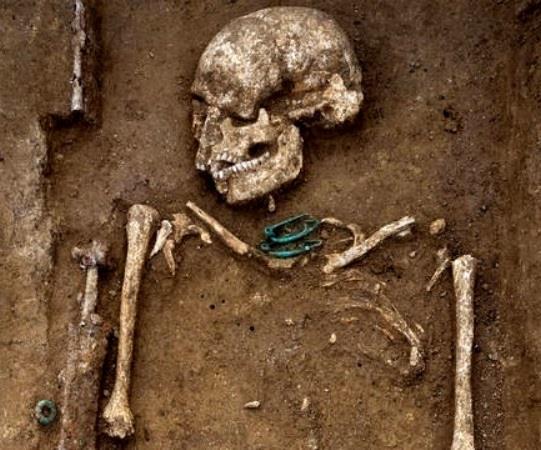
“The other order is that of the knights. These, when there is occasion and any war occurs …, are all engaged in war. And those of them most distinguished by birth and resources, have the greatest number of vassals and dependents about them”.
(Caesar. Gallic War. 6.15)

The warrior class was a crucial element in Celtic culture and, along with the druids, formed the backbone of the social structure in Iron Age European society. Their military aptitude and ability to mobilize significant numbers of troops is evident from accounts of their struggles with the classical world, and confirmed by the profusion of weapons found in their burials. The warrior class also played a central political role as participation in tribal councils was reserved for those who bore arms (Kruta V. 2004:190).
However, what has hitherto remained unclear is exactly what proportion of Celtic society this warrior class represented. An analysis of burials sites in southeastern Europe allows us to throw some light on this question.
During the initial migration phase in the late 4th/early 3rd c. BC the proportion who bore arms was logically quite high. For example, of the 20,000 Celts who crossed into Asia-Minor in 277 BC (subsequently known as the Galatians) 10,000, or 50%, bore arms (see: https://balkancelts.wordpress.com/2012/06/10/galatia/). In the immediate post-migration phase this figure remains high. For example, at the Celtic cemetery at Belgrad-Karaburma (Serbia) the percentage of warrior burials from the LT B2b period (i.e. 2nd quarter of the 3rd c. BC) is 70% – an exceptionally high proportion. However, in the subsequent decades this figure falls dramatically, and by the LT C1 period (post 250 BC) warrior burials at the site constitute only 35% of the graves...
continued
BALKANCELTS


.jpg)

0 Comentarios